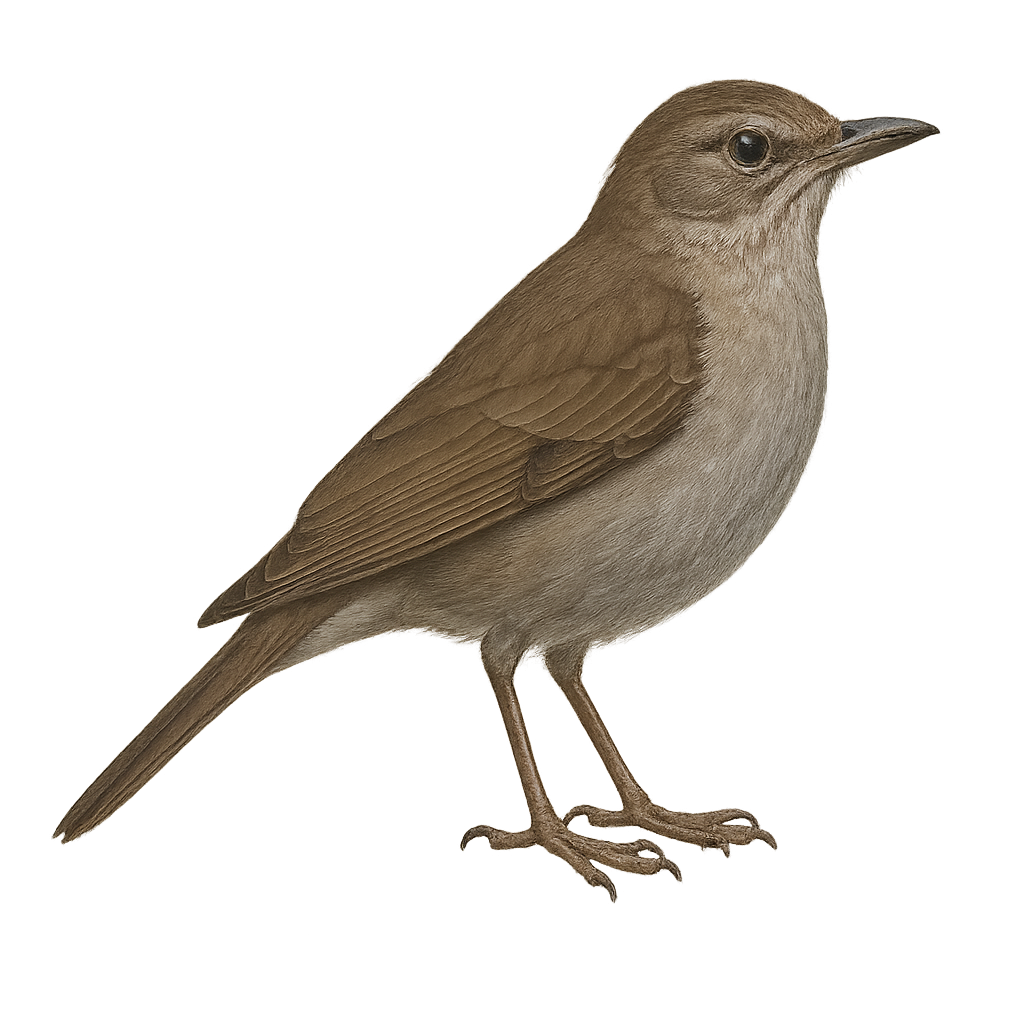Your wildlife photography guide.
Explore the fea's thrush in detail, study its behavior, prepare your shots.
Where to observe and photograph the fea's thrush in the wild
Learn where and when to spot the fea's thrush in the wild, how to identify the species based on distinctive features, and what natural environments it inhabits. The WildlifePhotographer app offers tailored photography tips that reflect the fea's thrush’s behavior, helping you capture better wildlife images. Explore the full species profile for key information including description, habitat, active periods, and approach techniques.
Fea's Thrush
Scientific name: Turdus feae

IUCN Status: Vulnerable
Family: TURDIDAE
Group: Birds
Sensitivity to human approach: Suspicious
Minimum approach distance: 10 m
Courtship display: March to April
Incubation: 12-14 jours
Hatchings: March to May
Habitat:
Humid forests, wooded areas, tropical islands
Activity period :
Primarily active during the day, with peak activity in the morning and late afternoon.
Identification and description:
The Fea's Thrush, or Turdus feae, is a rare and elusive bird primarily found in the humid forests and wooded areas of São Tomé Island. This medium-sized bird features an olive-brown plumage with lighter shades on its belly. Its melodious and varied song is often heard at dawn and dusk. Although its habitat is limited, it plays a crucial role in the local ecosystem by aiding in seed dispersal. The Fea's Thrush is a vulnerable species due to deforestation and habitat loss. Its conservation is vital to maintaining the ecological balance of its insular environment.
Recommended lens:
400mm – adjust based on distance, desired framing (portrait or habitat), and approach conditions.
Photography tips:
To photograph the Fea's Thrush, it is advisable to use a telephoto lens of at least 400mm to capture detailed images without disturbing the bird. Look for areas where the bird is active, such as humid forests and wooded edges. Be patient and discreet, as this bird is suspicious and can be difficult to spot. Take advantage of the early morning or dusk hours to benefit from the best natural light.
The WildlifePhotographer App is coming soon!
Be the first to explore the best nature spots, track rutting seasons, log your observations, and observe more wildlife.
Already 1 432 wildlife lovers subscribed worldwide

